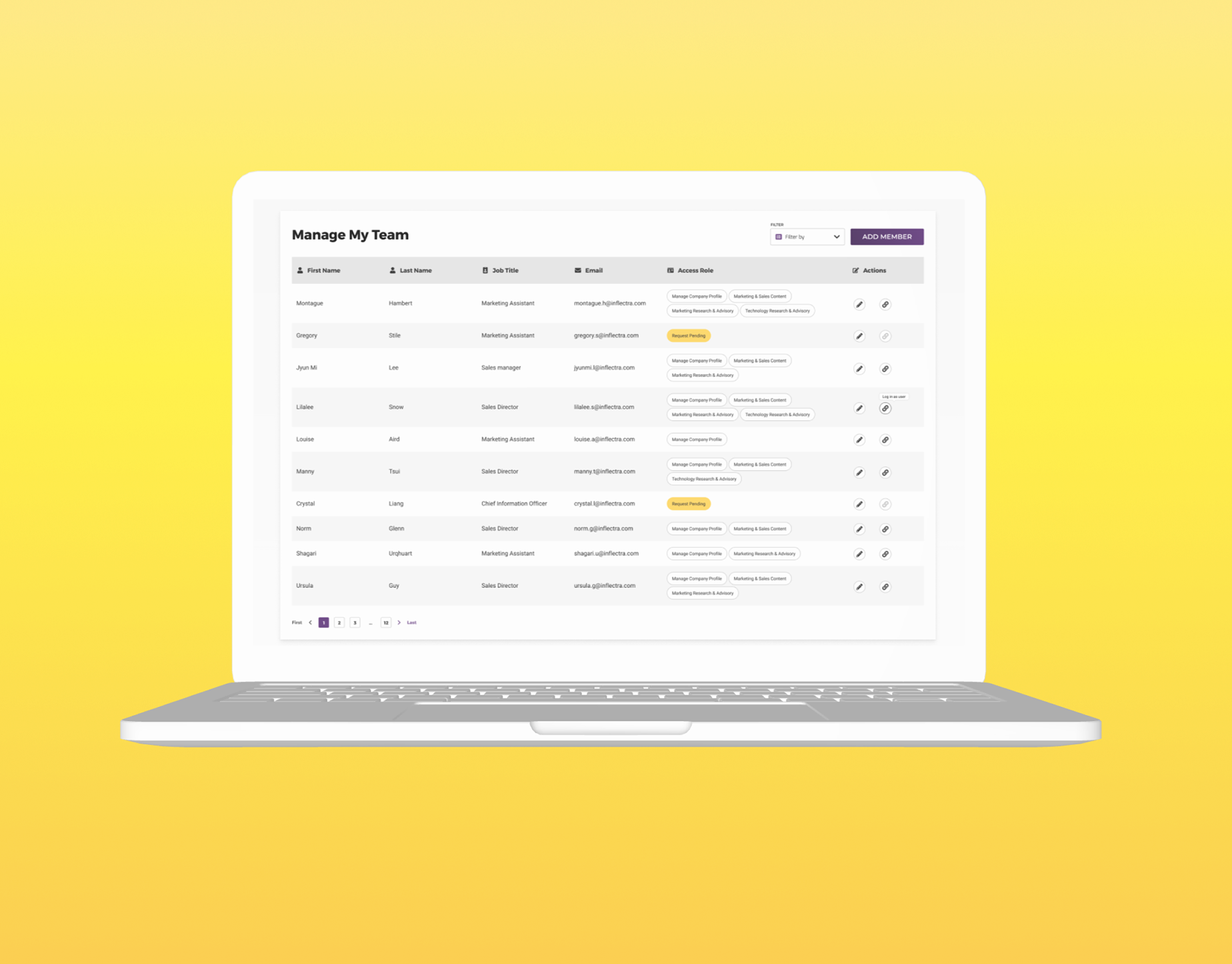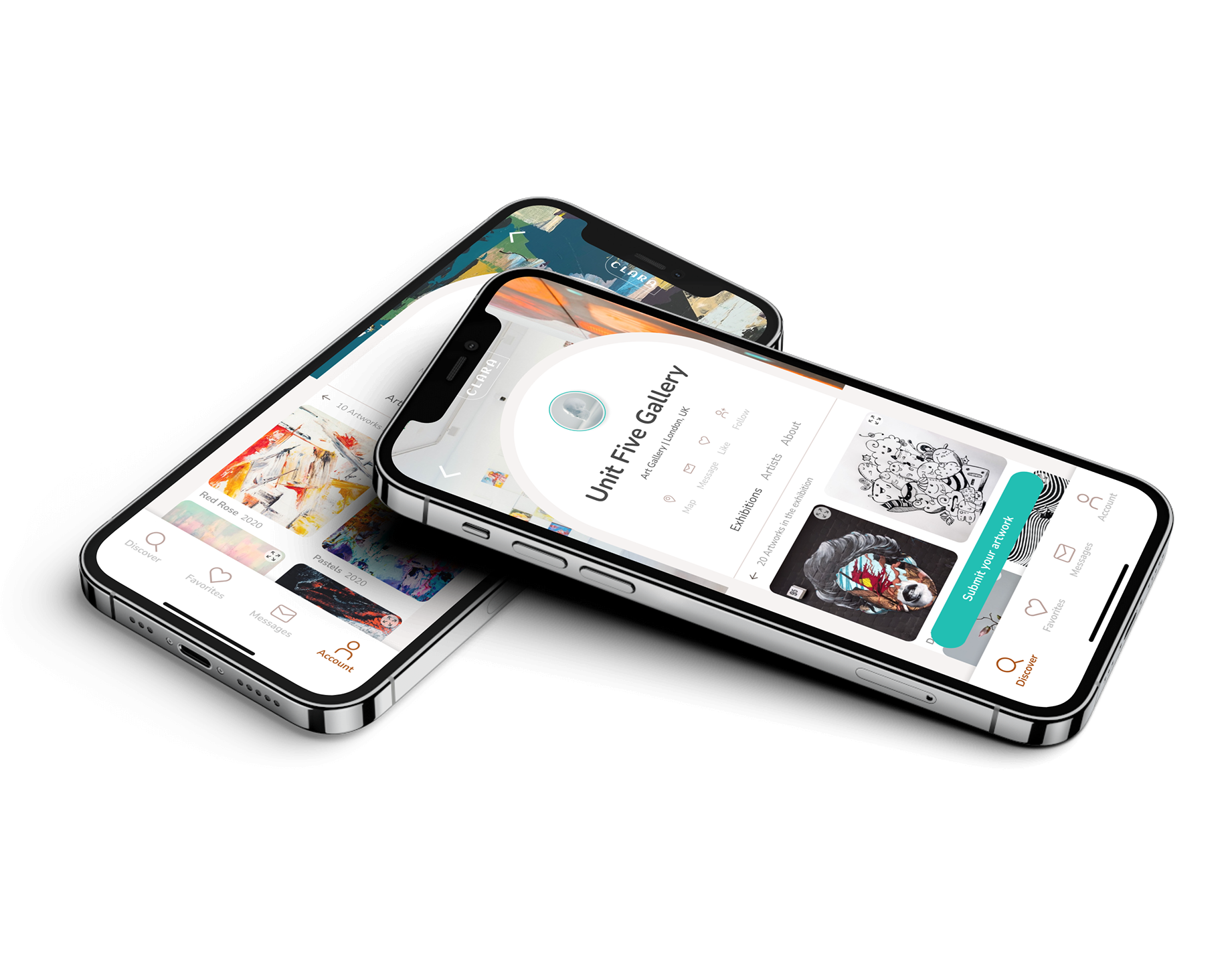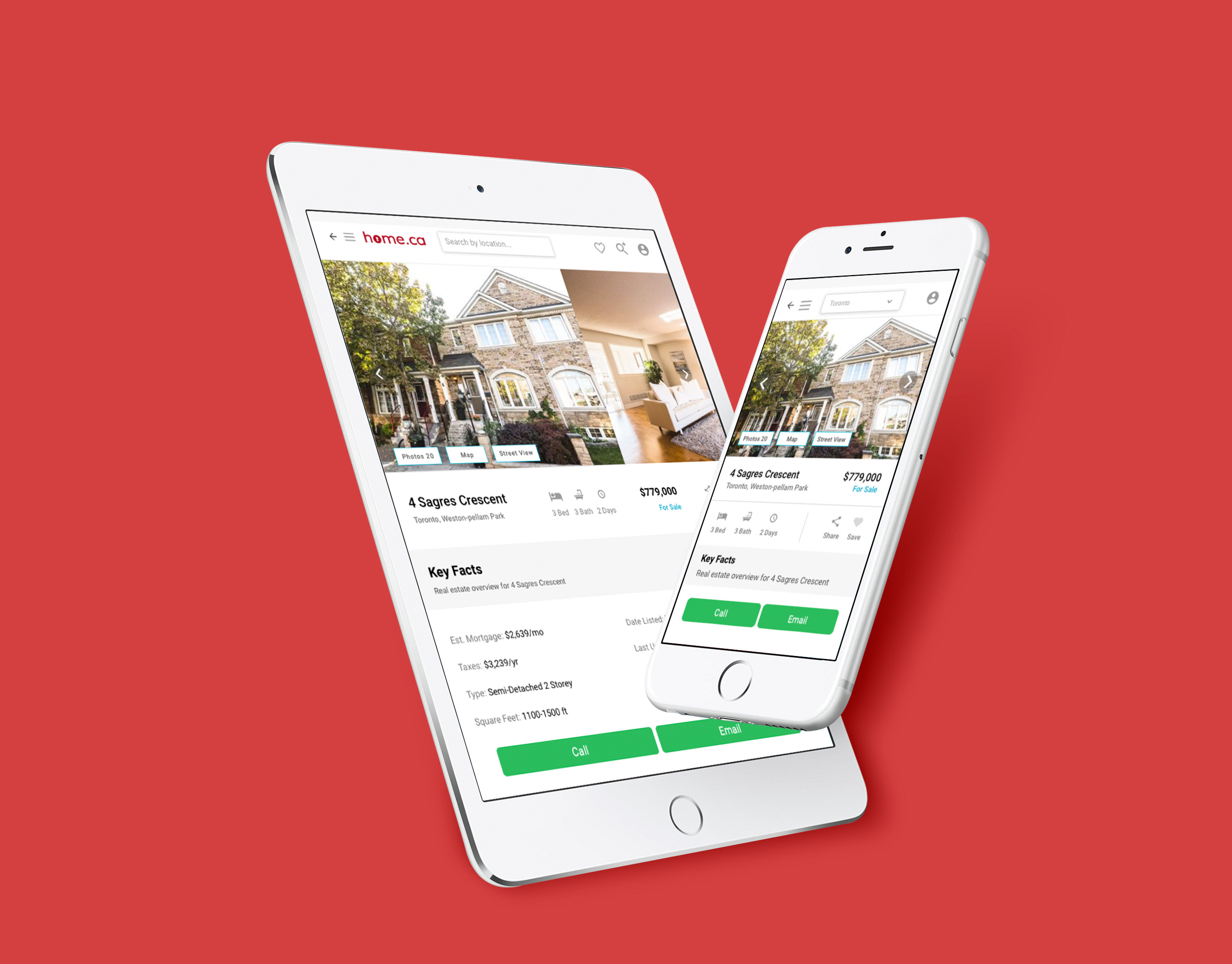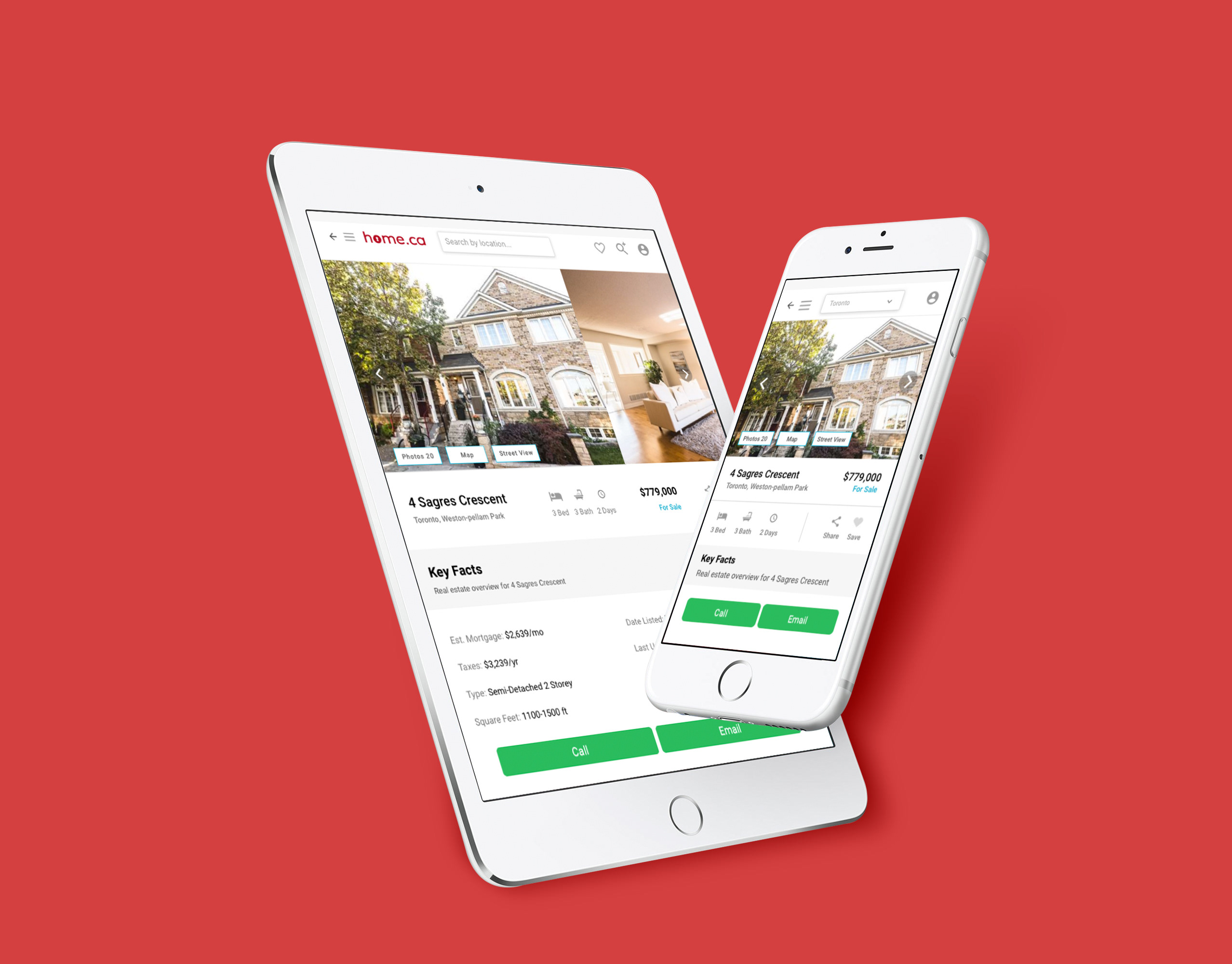Project Overview
Project type: Usability Testing Research
Product: CKIP (Custom Key Initiative Plan)
User type: Enterprise, Sales | Engage
Company: Info-Tech Research Group, IT Research & Consultancy
Timeline: 3 months (June/September 2022)
Role: UX Researcher, Testing & Design Implementation
Team: Collaborated closely with UX designers, product designers, stakeholders, engineers and developers.
Platform: Salesforce
Deliverables:
-- Usability test planning & moderation
-- Note taking documents, task selection & script writing
-- Data analysis, affinity mapping & lists of usability issues
-- PPT red-lining & design implementation
-- Airtable user data insights
-- Note taking documents, task selection & script writing
-- Data analysis, affinity mapping & lists of usability issues
-- PPT red-lining & design implementation
-- Airtable user data insights
Final CKIP in Salesforce
Enhancing CKIP Creation:
_______Transitioning from PowerPoint to Salesforce
The Custom Key Initiative Plan (CKIP) serves as an important service, providing personalized plans to the organization's members, utilizing top research, tools and templates to maximize satisfaction and renewals.
Latest data suggested that members with a custom service plan have an increased retention rate by 34%
Traditionally, these plans have been developed using PowerPoint presentations, posing challenges in tracking completion rates and ensuring timely delivery. To address these issues, a project was initiated to transition CKIP creation to Salesforce. This shift aims to make it easier to manage plans and track their completion. This case study outlines the UX research conducted to assess the feasibility and usability of building CKIPs in Salesforce compared to PowerPoint.
Before joining the team, this project was already underway and considered a business priority. High-fidelity wireframes were developed using the Salesforce Lightning Design System, and a beta version was available for testing. As a user researcher, my role encompassed various aspects from planning and recruitment to synthesis and implementation. Collaborating closely with other team members, I conducted data synthesis with another researcher to identify main themes, ultimately compiling insights into an Airtable document.
Research Goals
_______Why
We wanted to understand our users and how they currently build CKIPs. Will building a CKIP in Salesforce be easier for them?
What were the goals?
-- Identify users pain points in the current CKIP creation process.
-- Determine if users find building CKIPs in Salesforce easier than PowerPoint.
-- Identify usability issues associated with building CKIPs in Salesforce.
-- Identify users pain points in the current CKIP creation process.
-- Determine if users find building CKIPs in Salesforce easier than PowerPoint.
-- Identify usability issues associated with building CKIPs in Salesforce.
Research Methodology
_______How
The research involved remote, task-based usability testing sessions lasting one hour each. Participants were asked to speak aloud their thoughts as they worked through tasks, with tests moderated by multiple note-takers.
Remote 1 Hour Interview:
-- Chat about role and demographic data
-- Prototype walkthrough
-- Chat about role and demographic data
-- Prototype walkthrough
-- Prototype tasks with the goal to build a CKIP in Salesforce and export a final PPT
-- Questions and suggestions recorded
-- 1 interviewer, 1-3 note takers per participant
-- Data was reviewed, synthesized, and a report was written
-- Questions and suggestions recorded
-- 1 interviewer, 1-3 note takers per participant
-- Data was reviewed, synthesized, and a report was written
First round of interviews: 15 people, June 6th 2022 – June 17th 2022
Second round of interviews: 6 people, August 1st 2022 - August 7th 2022
Second round of interviews: 6 people, August 1st 2022 - August 7th 2022
Participant Criteria
_______Who
-- Build CKIPs for members
-- Train others in building CKIPs
-- Have seniority with the company and product knowledge
-- Salesforce user
-- Language: English
-- Geography: North America
Tools used to recruit participants:
-- Outlook calendar & email
-- Sent invitations to participate in user testing
-- Train others in building CKIPs
-- Have seniority with the company and product knowledge
-- Salesforce user
-- Language: English
-- Geography: North America
Tools used to recruit participants:
-- Outlook calendar & email
-- Sent invitations to participate in user testing
Analysis & Synthesis
Post-interview debrief:
After each session, a word document was captured of the raw data along with the recording of the meeting. As a team, we reconnected after each user testing session to have a discussion about what pain points we uncovered and other insights.
After each session, a word document was captured of the raw data along with the recording of the meeting. As a team, we reconnected after each user testing session to have a discussion about what pain points we uncovered and other insights.
Process: I synthesized the data, by importing the raw notes into a FigJam while collaborating with the team. I organized the notes based on the tasks that we observed users perform, and grouped the notes based on pain points, needs, usability issues or other patterns that emerged. We had a total of 15 sessions in the first round, so we each captured our notes in FigJam to make sure we did not miss anything relevant. We grouped our data into 4 user groups: sales reps, advisors, trainers and stakeholders.
Key Learnings:
We learned that there were problems ranging from minor inconsistencies in both visual design and flow to significant obstacles to creating a CKIP.
We learned that there were problems ranging from minor inconsistencies in both visual design and flow to significant obstacles to creating a CKIP.
-- Some of our findings also revealed that in the current CKIP process, users experience frustration and overwhelm due to the disjointed nature of the process, which involves switching between multiple tools to gather information, make calls, and collaborate. As a result, using PowerPoint to build a custom plan for a member can take up to 10 days, with some users managing as many as 200 members.
Design Considerations
Changes
After the first round of testing, aspects of the prototype platform that cause inefficiencies were identified. Changes, making the components usable within the limitations of Salesforce were prioritized based on user pain points and ease of technical implementation.
The second round of testing aimed to assess improvements based on implemented changes.
We used the same methodology as the first round this time with a smaller group of 6 participants and we synthesized the data in the same way.
After the first round of testing, aspects of the prototype platform that cause inefficiencies were identified. Changes, making the components usable within the limitations of Salesforce were prioritized based on user pain points and ease of technical implementation.
The second round of testing aimed to assess improvements based on implemented changes.
We used the same methodology as the first round this time with a smaller group of 6 participants and we synthesized the data in the same way.
Impact
_______Where
Value of user research:
The research that we did for this project helped the organization see the value of user testing. Stakeholders called the process “game changing”. By including stakeholders in testing in order to build a CKIP in Salesforce, we highlighted the importance of including the user in the design process.
Improved Efficiency:
Overall users in the senior advisor group reported a significant reduction in time (less than a day, compared to 10 days) required to create and manage custom service plans, thanks to standardized templates, automation, and streamlined workflows in Salesforce.
The research that we did for this project helped the organization see the value of user testing. Stakeholders called the process “game changing”. By including stakeholders in testing in order to build a CKIP in Salesforce, we highlighted the importance of including the user in the design process.
Improved Efficiency:
Overall users in the senior advisor group reported a significant reduction in time (less than a day, compared to 10 days) required to create and manage custom service plans, thanks to standardized templates, automation, and streamlined workflows in Salesforce.
9 out of 11 participants rated their experience as a 4 or higher out of a 5-point scale
Next Steps
Future iterations will be based on building a 90 day survey to record workflow efficiency and highlight potential improvements.
An analysis of post-implementation data could reveal a notable increase in member retention rates, demonstrating the effectiveness of personalized service plans in fostering long-term customer relationships.
Reflections
What went well:
-- Successful implementation of user feedback into final designs proved to be a great way to launch the platform.
-- Stakeholders were involved in research and agreed of the importance of a user-centered mind set.
-- Users agreed that building a CKIP in Salesforce is much easier than building a CKIP in PowerPoint.
Challenges:
-- Some usability issues could have been accounted for if the UX team was invited to collaborate earlier into the design process. Perhaps a good way to avoid this is to work in advance by having access to the product roadmap. UX could be part of the product life cycle at a strategic level, which is a leadership issue.
-- User research takes time and the synthesis of raw data can delay the project. It would help if the UX team has a process well established (help of Ai) in order to improve efficiency.
-- Low UX maturity within the organization is a big challenge. Even with a focus on educating cross-functional teams on the importance of user research, this can take a long time.
-- Successful implementation of user feedback into final designs proved to be a great way to launch the platform.
-- Stakeholders were involved in research and agreed of the importance of a user-centered mind set.
-- Users agreed that building a CKIP in Salesforce is much easier than building a CKIP in PowerPoint.
Challenges:
-- Some usability issues could have been accounted for if the UX team was invited to collaborate earlier into the design process. Perhaps a good way to avoid this is to work in advance by having access to the product roadmap. UX could be part of the product life cycle at a strategic level, which is a leadership issue.
-- User research takes time and the synthesis of raw data can delay the project. It would help if the UX team has a process well established (help of Ai) in order to improve efficiency.
-- Low UX maturity within the organization is a big challenge. Even with a focus on educating cross-functional teams on the importance of user research, this can take a long time.






